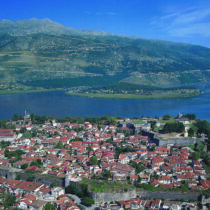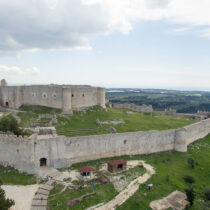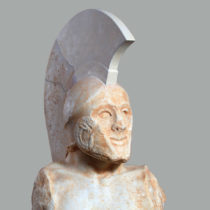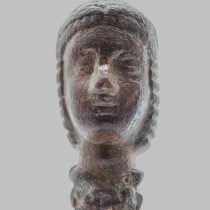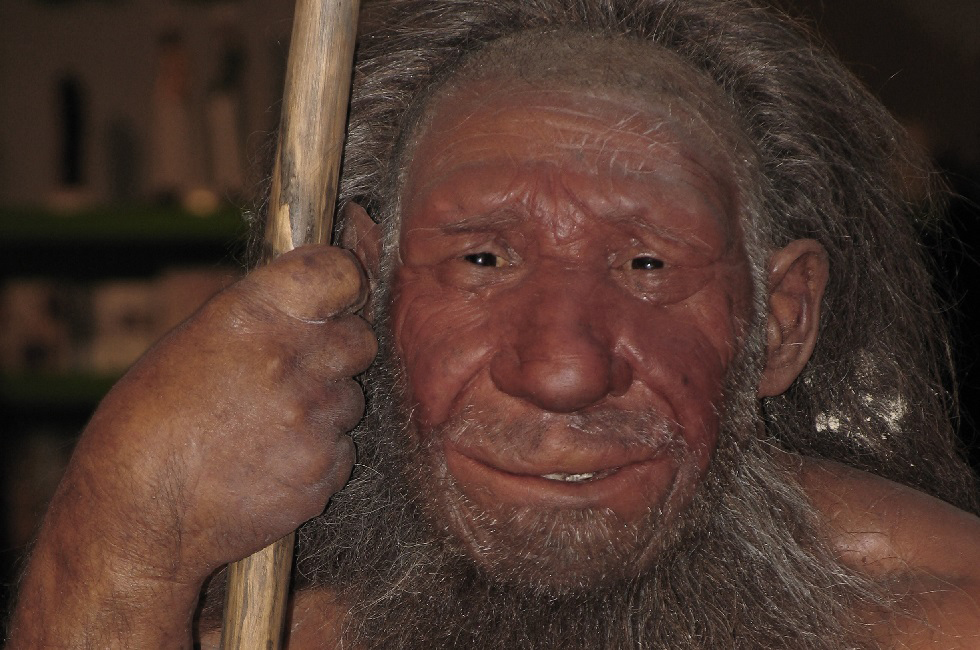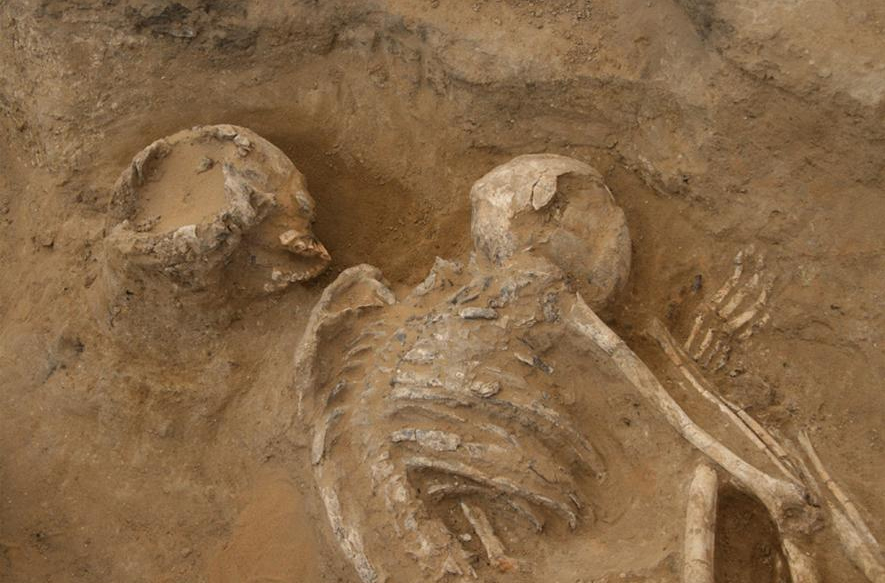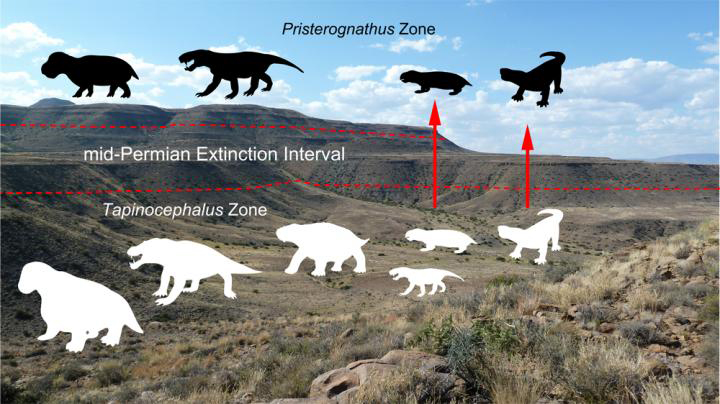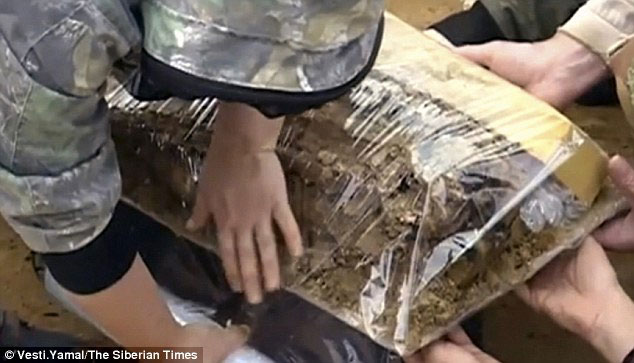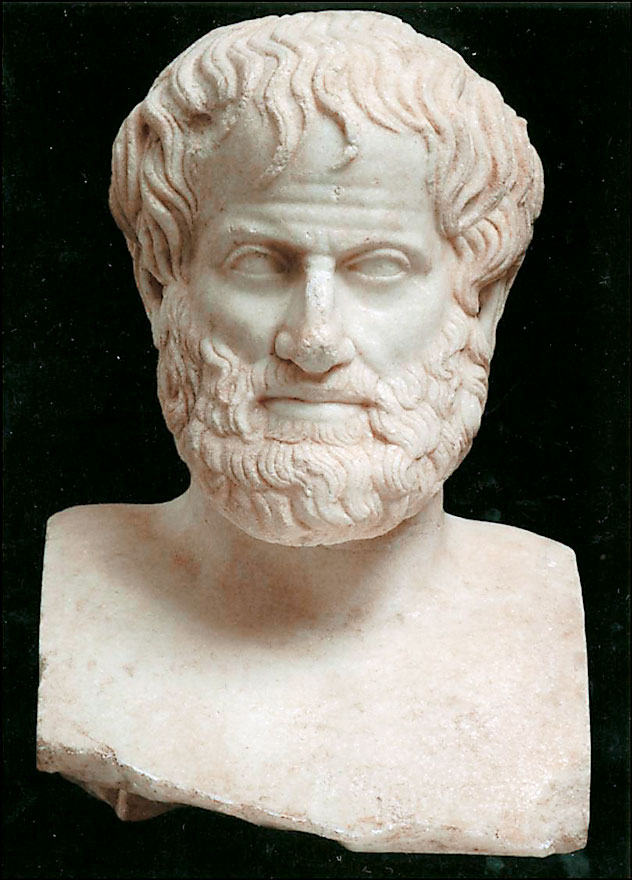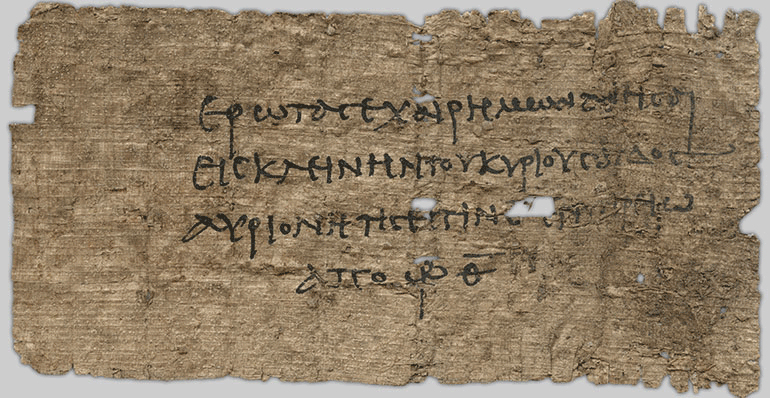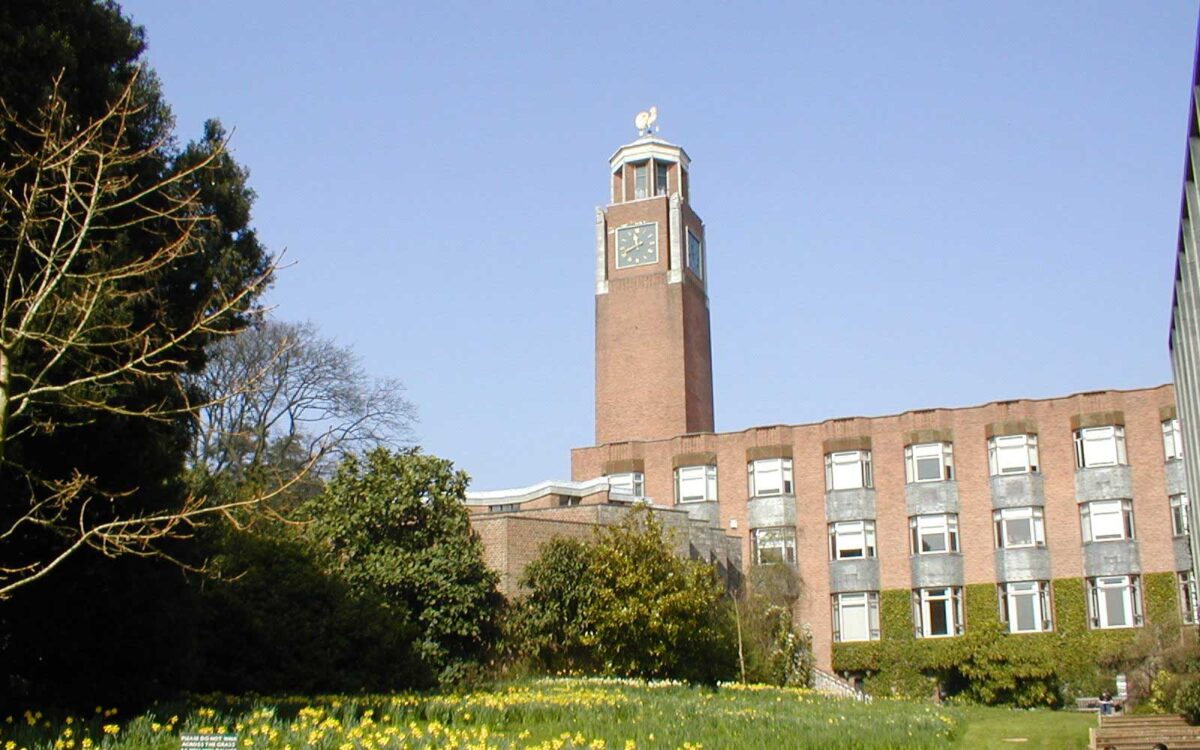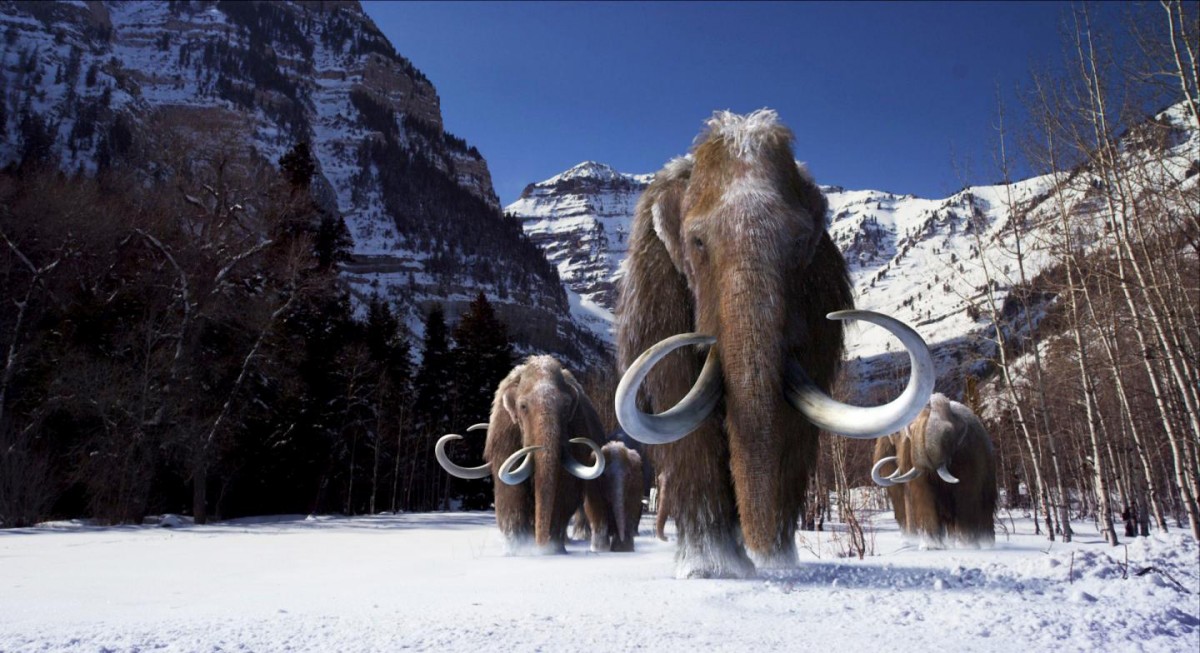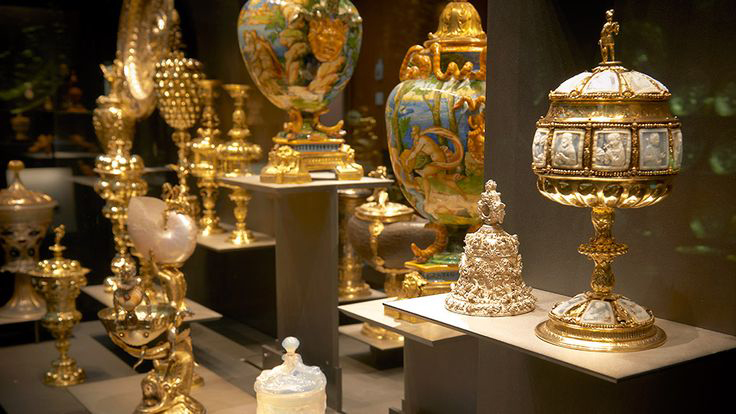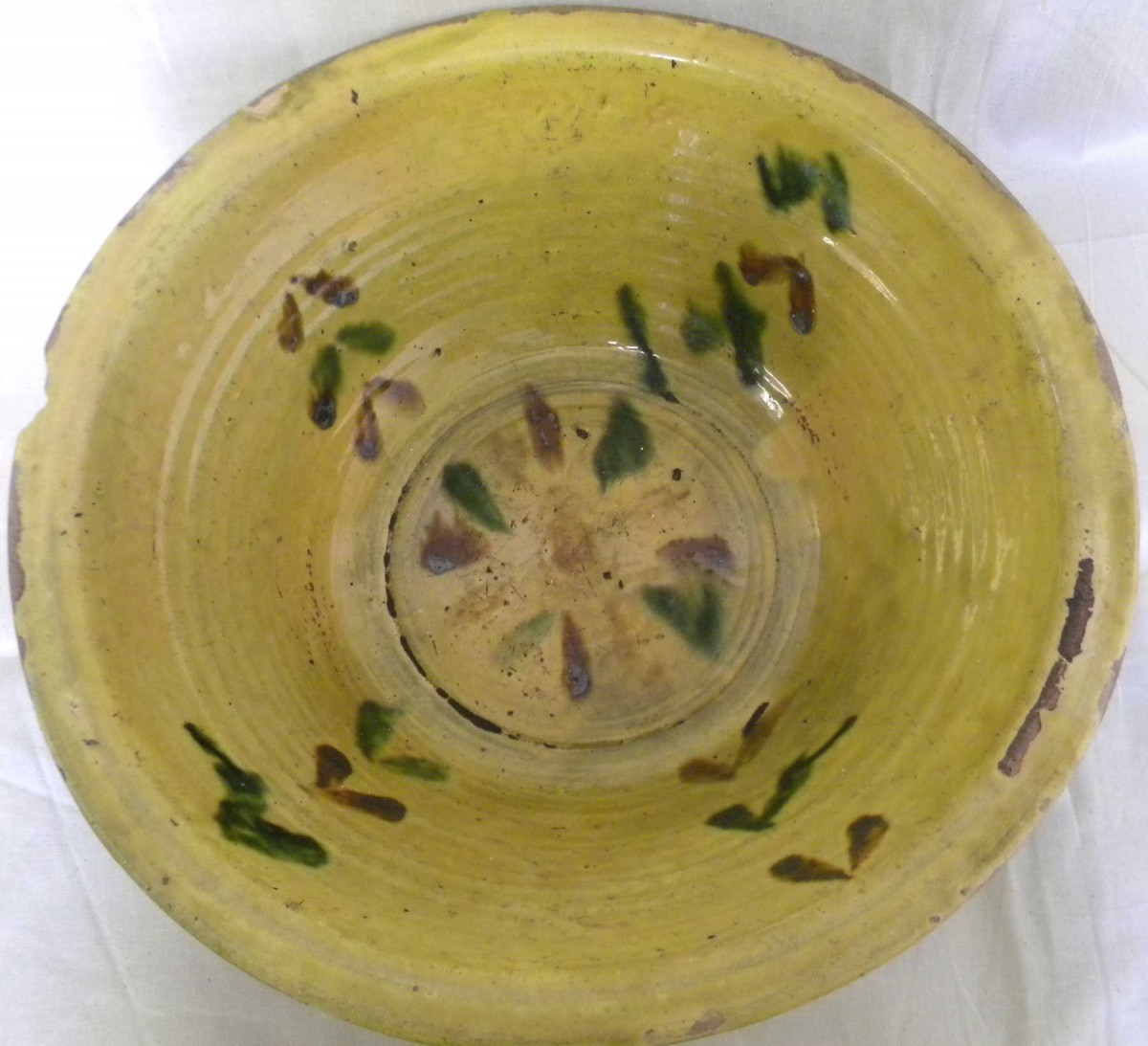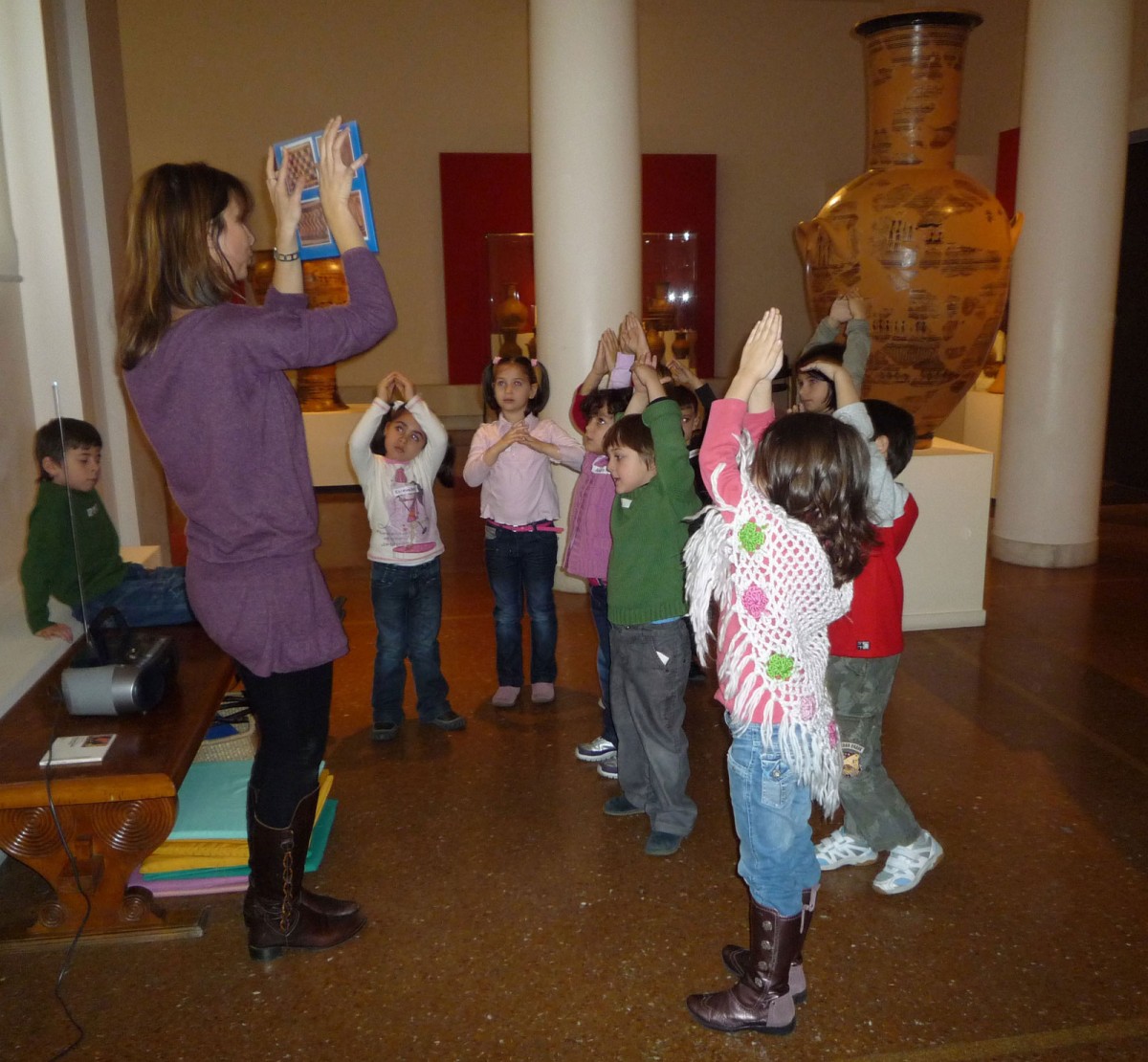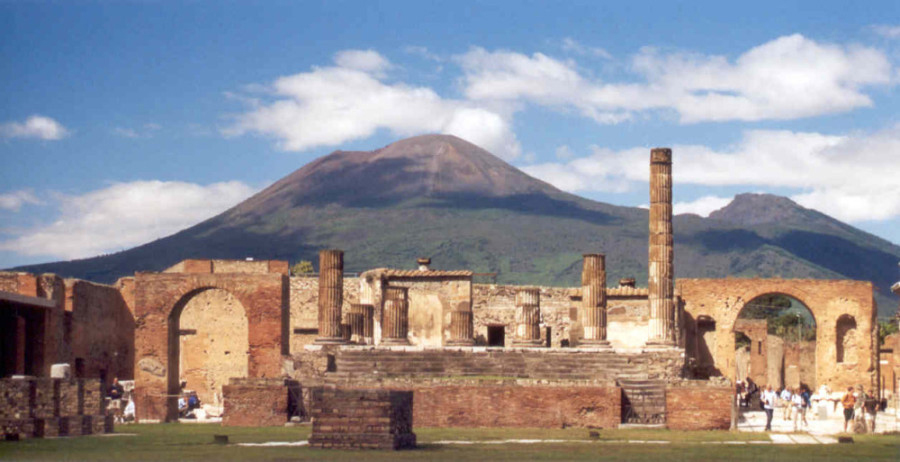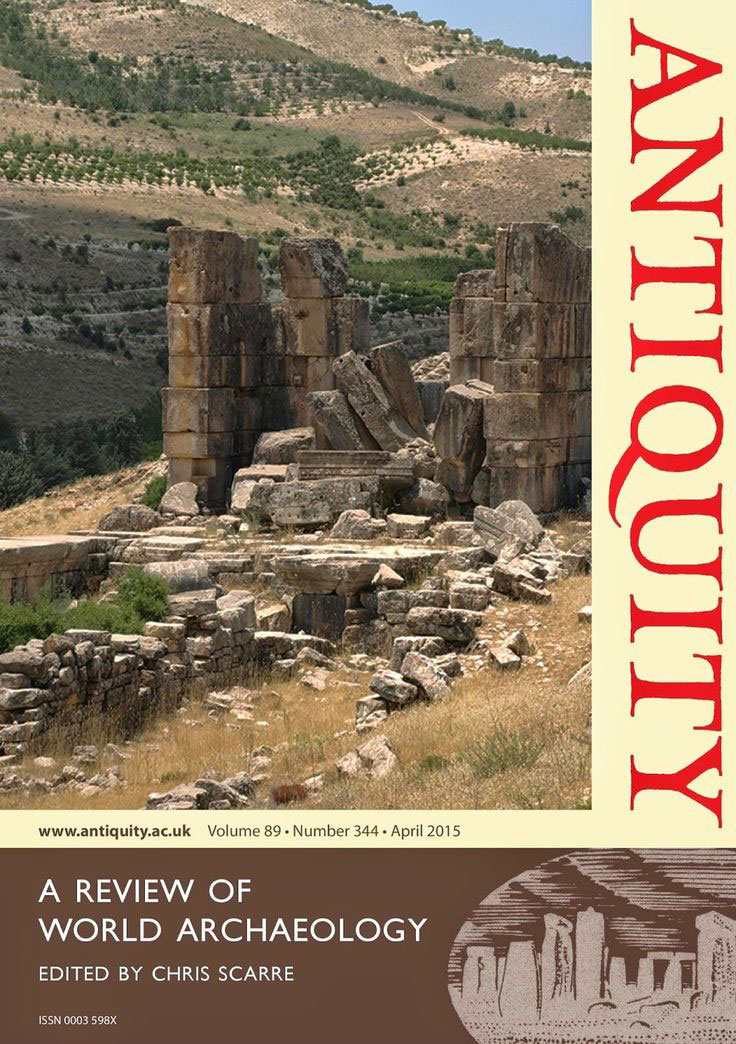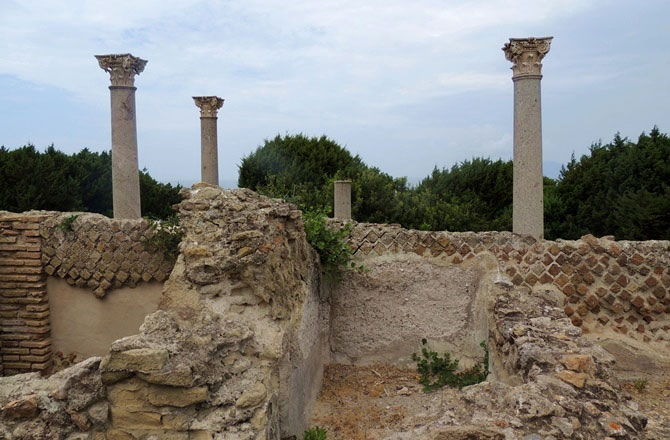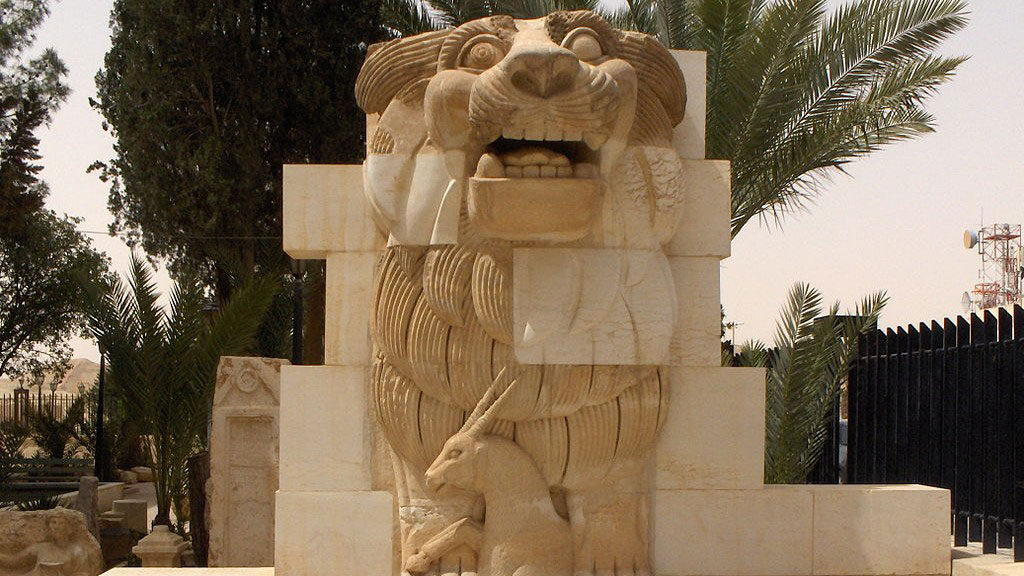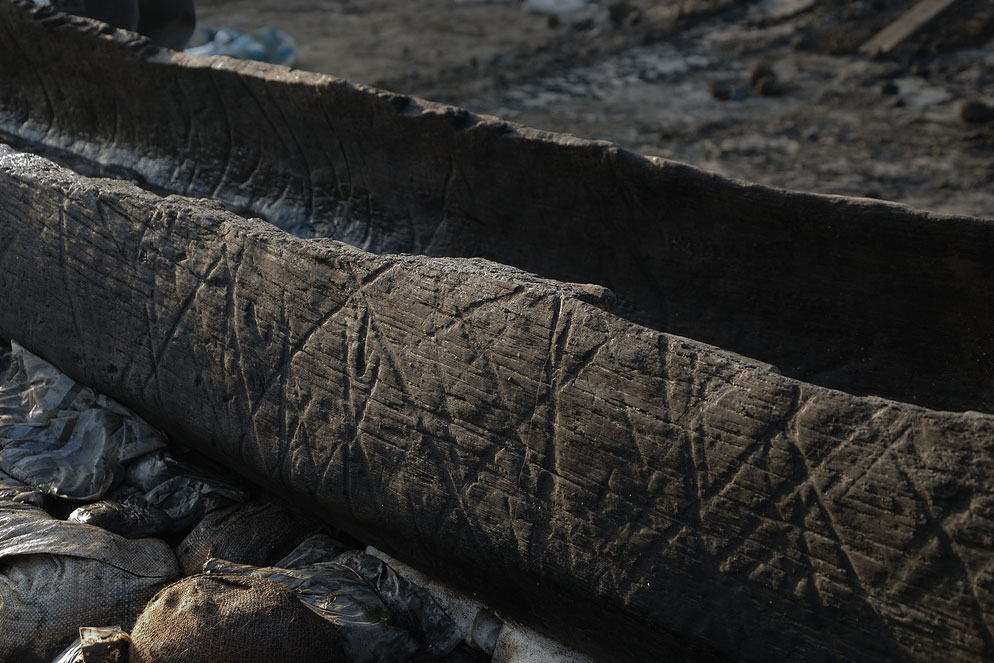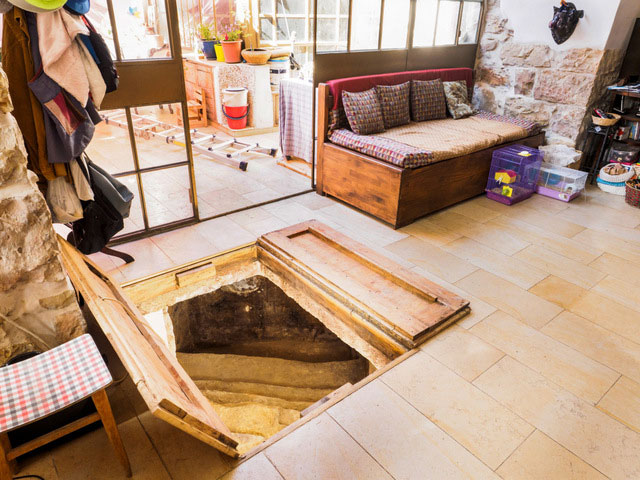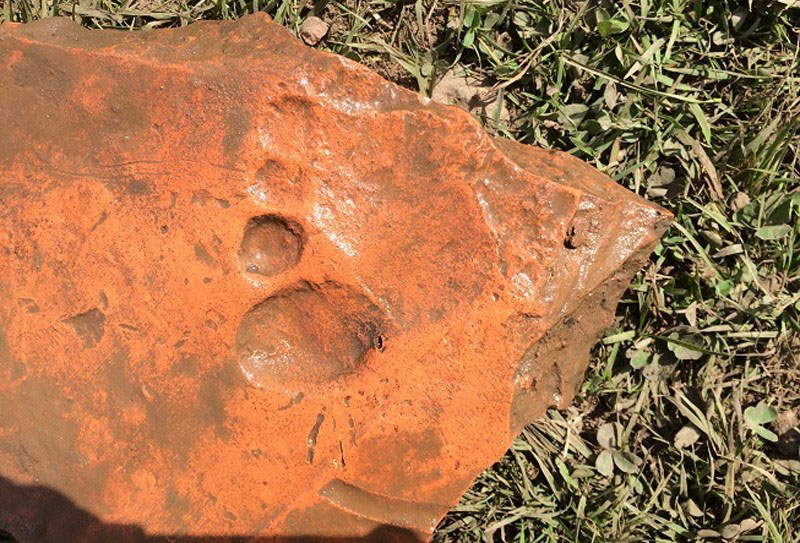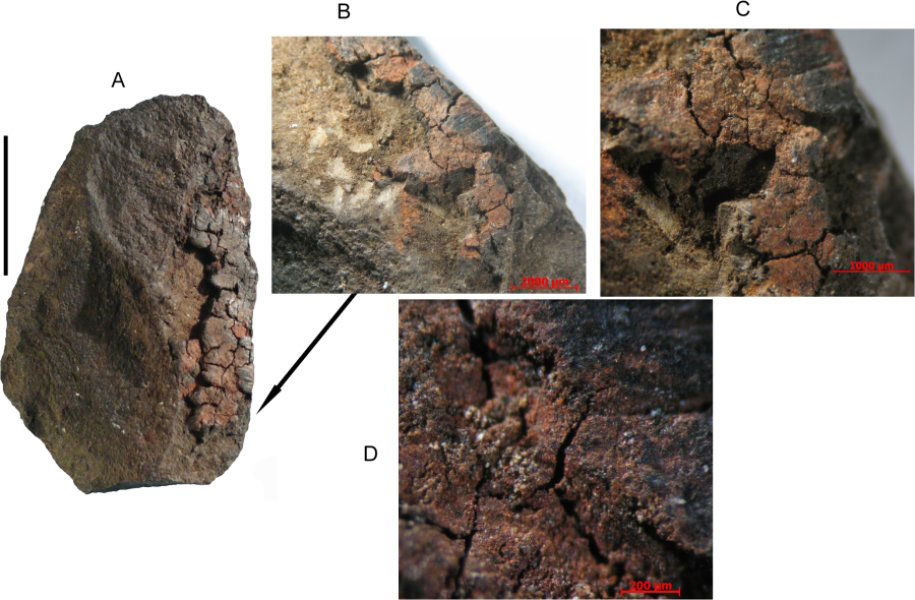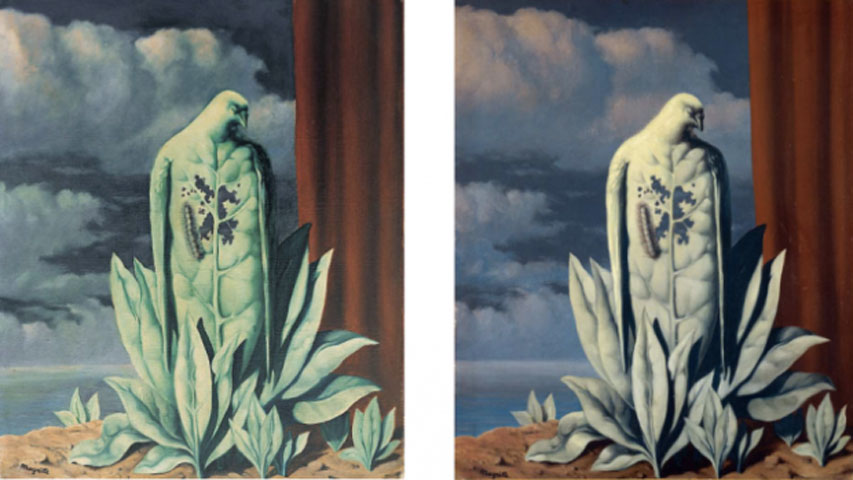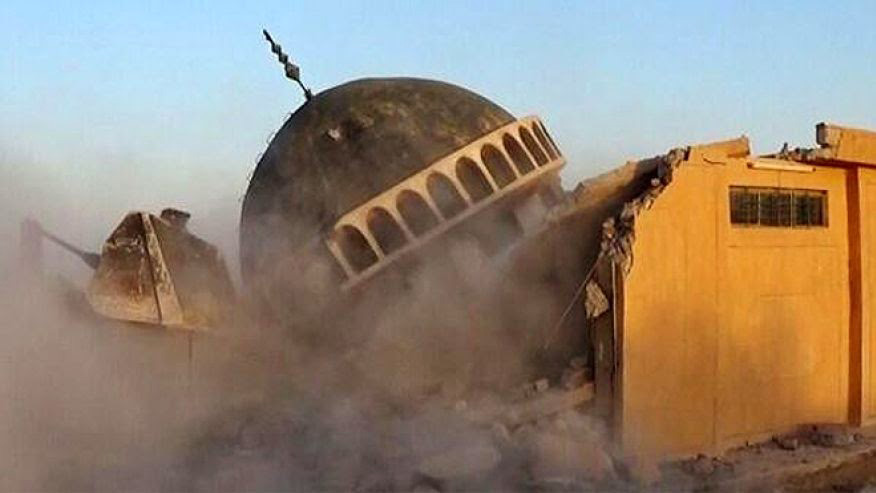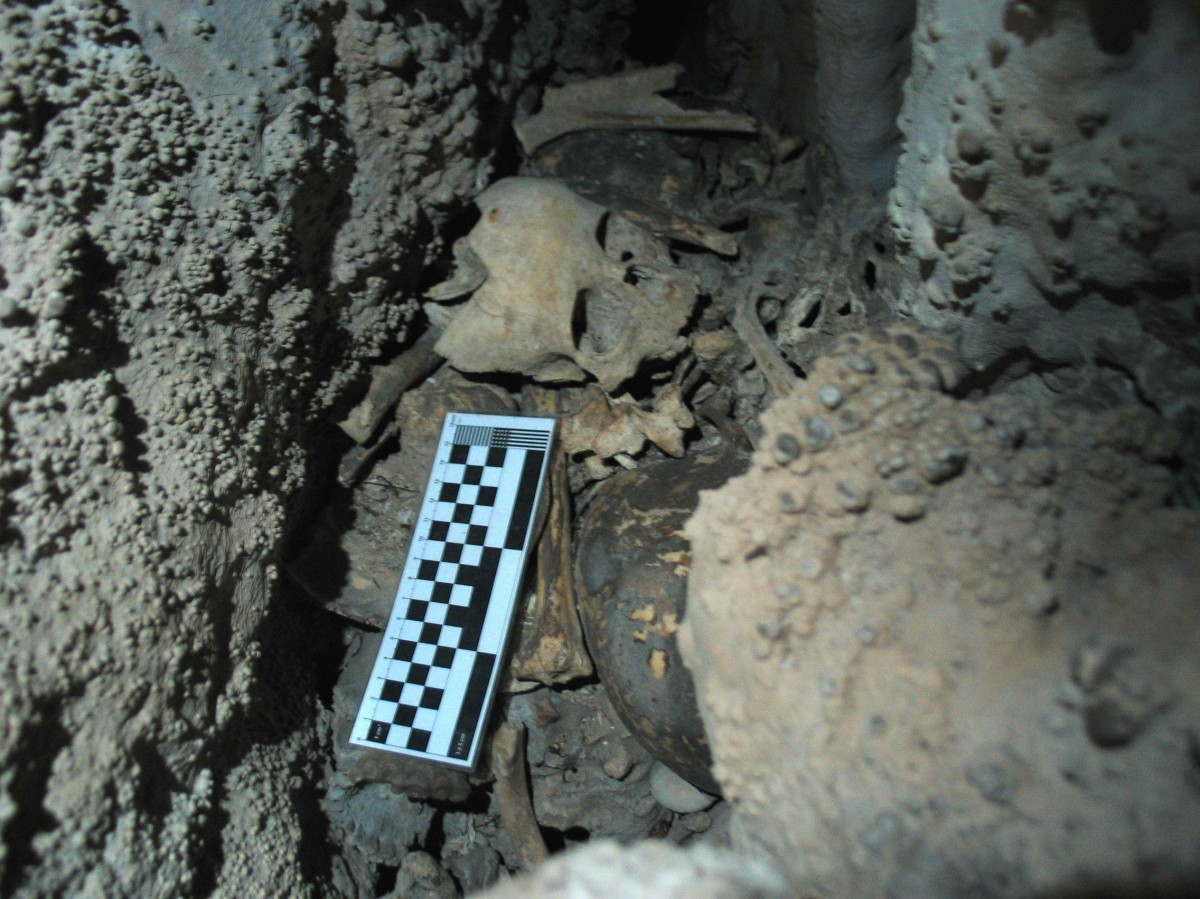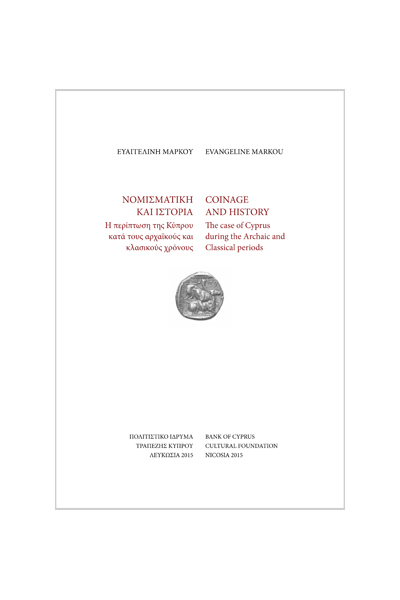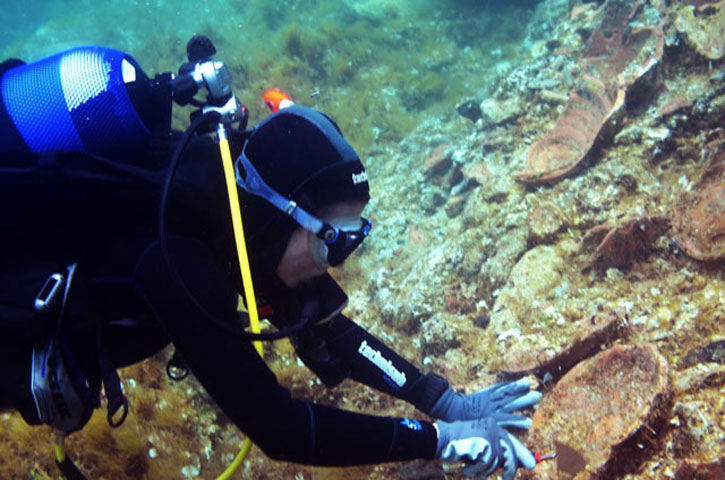The sense of smell in early humans
The sense of smell plays a decisive role in human societies, as it is linked to our taste for food, as well as our identification of pleasant and unpleasant substances.
Neolithic burials in Egypt
Traces of intentional injury in the form of cuts on the femur have been discovered on the remains of one of the dead found during this year's excavations carried out in the Western Desert in Egypt.
Mass extinction event from South Africa’s Karoo
New date of rocks links land and sea fossil records in one extinction event.
Medieval mummy to be revealed in Siberia
A new find at Zeleny Yar necropolis, near Salekhard, of human remains wrapped in birchbark is expected to reveal a mummified human, related to a mysterious medieval civilization, showing links to Persia.
International Congress of Greek Philosophy
The Sociedade Ibérica de Filosofia Grega (SIFG) brings forth the III International Congress of Greek Philosophy in the 20th, 21st and 22nd April 2016, in the Faculty of Letters of the University of Lisbon.
Window on a lost world
A reminder for a dinner invitation and a touching letter from a young man to his mother offer a rare glimpse of daily life in ancient Egypt.
Lecturer in Classics and Ancient History
The University of Exeter / Department of Classics and Ancient History offers a full-time lecturer position in Classics and Ancient History.
How the mammoth got its wool
Evolutionary change in a gene resurrected in the lab from the extinct woolly mammoth altered the gene's temperature sensitivity and likely was part of a suite of adaptations that allowed the mammoth to survive in harsh arctic environments, according to new research.
A Rothschild Renaissance
The Waddesdon Bequest gallery is unique in showing an entire surviving 19th Century collection of exceptional quality and rarity.
Ceramic art from the earth of Lapithos
The exhibition at the Leventis Municipal Museum of Nicosia presents the evolution of Lapithian ceramics.
Museums and Museology in modern society. New challenges, new relationships (Part 12)
The 12th article in the special issue on Museology offers a survey of the different ways in which the museum community has made it possible for children to participate in the museum scene.
After Pompeii
"After Pompeii – where does the study of the Roman city go in the 21st century?" is the title of a session within the EAUH Conference 2016.
Roman villa on Gianuttri island reopens its doors
The remains of one of the most prestigious maritime villas from Roman times was reopened yesterday, July 2, 2015, on an almost uninhabited island off the Tuscan coast.
ISIS destroys the Lion of Allat in Palmyra
ISIS militants destroyed the famous statue of the Lion of Allat in Palmyra. UNESCO once against condemned the "culture cleansing" being carried out by Islamic State jihadists and called for a campaign against it.
Bronze Age site yields evidence on everyday life
Evidence from Must Farm, a Bronze Age site near Peterborough in Cambridgeshire, yields valuable information on how life was in Britain 3,000 years ago.
A two thousand year old bath below the living room floor
An ancient, two thousand year old ritual bath (miqwe) was discovered below a living room floor during renovations carried out in a private house in the picturesque neighborhood of ‘Ein Kerem in Jerusalem.
Footprint on Roman tile found at Vindolanda
Student unearthed a tile with a human footprint that was accidentally – or perhaps even mischievously – pressed into the freshly made object more than two millennia ago, in Vindolanda.
South Africans used milk-based paint 49,000 years ago
Scientists have discovered a milk-and ochre-based paint dating to 49,000 years ago that inhabitants may have used to adorn themselves with or to decorate stone or wooden slabs.
Detecting creativity in art
A pair of Serbian computer scientists figured out a way to detect cognitive processes involved in human creativity.
Launch of global Unite for Heritage Coalition in Bonn
The campaign is designed to strengthen the mobilization of governments and all heritage stakeholders in the face of deliberate damage to cultural heritage, particularly in the Middle East.
Bronze Age man’s diet and the arrival of new crops in the Iberian Peninsula
Researchers from the universities of Granada, Santiago de Compostela and Reading (UK) have studied human skeletal remains from the Cova do Santo collective burial cave in northwestern Spain.
Coinage and History
Enriched version of the lecture given on the 8th of October 2013 in the framework of the Bank of Cyprus Cultural Foundation’s lecture series.
New finds in the waters north-east of Delos
New finds in the waters north-east of Delos clarify the use of sunken buildings.
